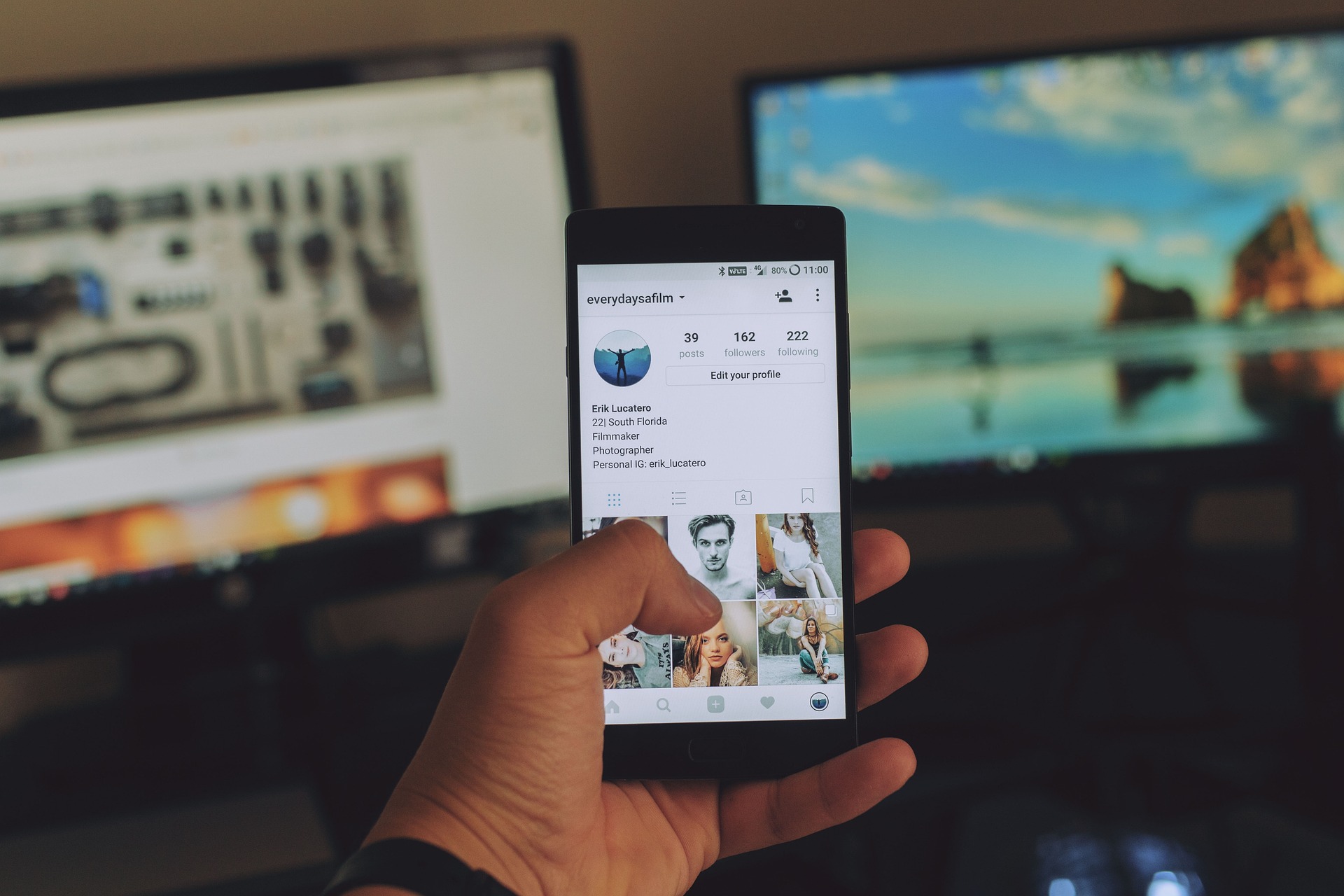Bridging the Digital Divide: Broadband Access for All
As we continue to navigate our increasingly internet-reliant world, a pressing issue surfaces: the digital divide. A staggering 19 million Americans lack access to high-quality broadband internet, a deficiency affecting rural and underserved communities disproportionately. This article delves into the importance of universal broadband access and ways to bridge the digital divide.

Broadband Internet: A Brief History
The internet’s inception traces back to 1969 with the Advanced Research Projects Agency Network (ARPANET), a messaging system developed by the United States Department of Defense. In the 1990s, dial-up connections dominated, offering painfully slow transfer rates. The late 1990s witnessed the rise of Digital Subscriber Line (DSL) and cable modems, increasing internet speeds significantly. Today, broadband internet, characterized by high-speed connection, dominates, but access remains unevenly distributed.
The Growing Digital Divide
Today, access to high-speed internet is no luxury, but a necessity. From remote work to online education, telemedicine to e-commerce, broadband access has become integral to our everyday lives. Despite its importance, an alarming digital divide persists. Particularly in rural and impoverished areas, broadband access remains scarce, a problem exacerbated by the COVID-19 pandemic’s reliance on remote work and digital learning.
The Impact of Limited Broadband Access
Limited broadband access has profound implications. Economically, it stunts entrepreneurship and job growth, hampers education, and restricts access to healthcare services. A study by the American Journal of Public Health reveals that rural residents lacking broadband access reported higher chronic health conditions. Socially, limited broadband widens the disparity between rural and urban communities, and between lower-income households and their wealthier counterparts.
Addressing the Broadband Gap: Policies and Innovations
Fortunately, addressing the digital divide has caught the attention of governments and telecom companies alike. The FCC’s Connect America Fund provides billions in subsidies to telecom companies to expand rural broadband. Additionally, tech giants like Google and Microsoft are leveraging TV White Spaces (unused broadcasting frequencies) to deliver cost-effective broadband to marginalized regions.
Moreover, innovative technologies like Low Earth Orbit (LEO) satellites and Fixed Wireless Internet (FWI) hold promise to ensure more universal broadband access. LEO satellites, unlike traditional satellites, orbit much closer to earth, reducing latency and offering broadband-like speeds. FWI, on the other hand, uses radio signals to deliver high-speed connectivity, a solution particularly suitable for hard-to-reach rural areas.
Making Universal Broadband a Reality
While we’ve made strides in combating the digital divide, much work remains. Enhancing infrastructure, prioritizing affordability, and fostering digital literacy are all critical. Addressing this issue requires concerted efforts from tech companies, governments, and communities. Making universal broadband a reality isn’t just about progress—it’s about equality.
As we delve further into the 21st century, the internet will continue to intertwine itself with every aspect of our lives. It is crucial, then, that we ensure high-quality broadband access for all—irrespective of location or income level. Bridging the digital divide isn’t just about connectivity; it’s about creating an inclusive society where opportunities abound for everyone.




